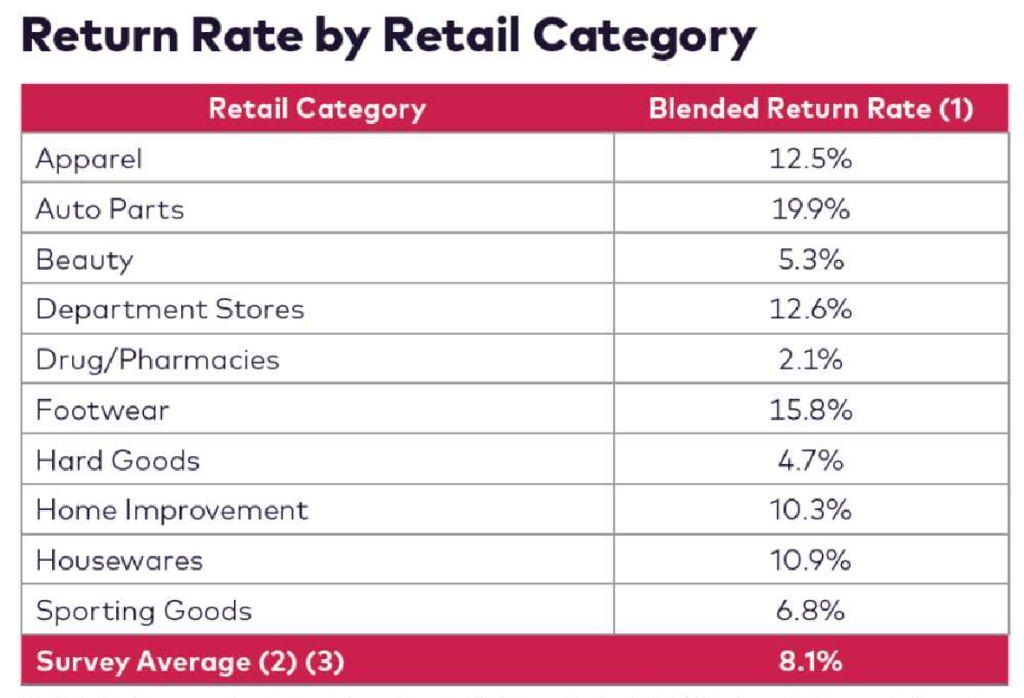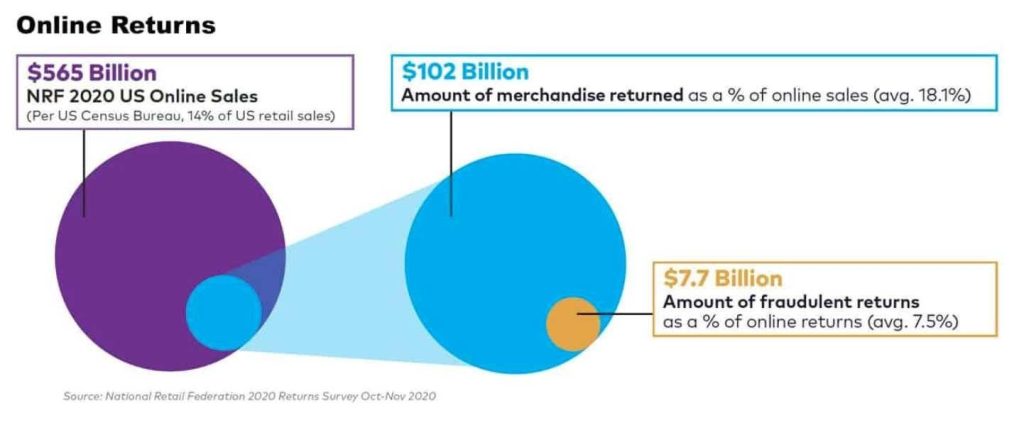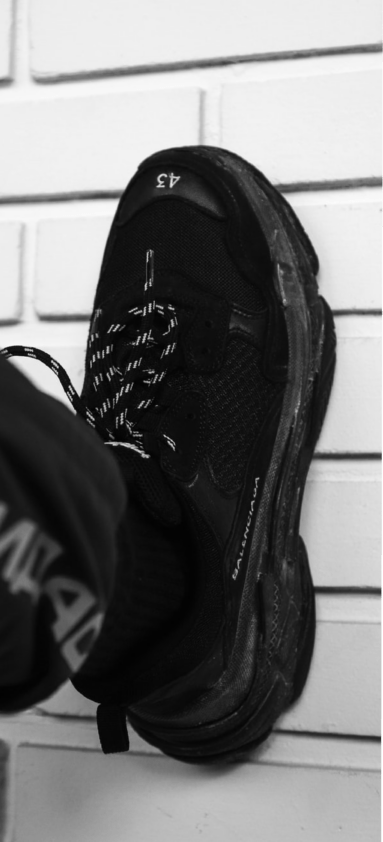
Return Fraud
What it is and why it’s so hard to catch & control
Return fraud is a multi-pronged issue cropping up in many industries, affecting companies’ profits, inventory, and in the cases where counterfeit products are involved, their reputation. Return fraud is the practice of returning products to a merchant that violate the merchant’s return policy, and claiming an invalid refund as a result.
Consumers have long taken advantage of leniency in return policies, as well as the relative ease and anonymity of submitting returns online. But there are many ways return fraud manifests itself. One of those ways is through the purchase of a counterfeit product and returning it for the refund amount of the real thing. Not only does this cost companies money, but once counterfeit products make it into mainstream circulation, the inventory pool becomes contaminated with illegitimate products. This is just one of many ways illegitimate products enter the supply chain, and in many industries, these contamination points can be dangerous. Counterfeit products often aren’t held to the same safety and quality control standards as the real product, and can pose safety risks to unassuming buyers.

There are a variety of ways consumers work around return policies. One of the biggest issues the fashion industry is a type of return fraud called “Wardrobing”—when a customer purchases an item for a single use and returns it after.The rise of social media culture and “influencers” has prompted many people to constantly seek out the latest trends. Wardrobing allows people to look like they’re keeping up with the latest, without breaking the bank. Companies like ASOS, an online-based British fashion retailer, have started blacklisting people from returning products based on return frequency and other criteria that AI-based return fraud management may deem suspicious.
These sort of solutions, which flag return fraud based on consumer behavior, also have their downside. The Wall Street Journal reported on the case of Jake Zakhar, where “a salesperson told him he would be banned from making returns and exchanges for a year” after returning three cell phone cases because the returns were flagged in their system. He had no prior history of returning multiple items. But between counterfeit returns, “wardrobing”, shoplifted goods, and more, this is a common problem that comes with a price. And for most companies, it’s a sizable one.
Types of Return Fraud
- Fake receipts: consumers purchase fake receipts from online vendors to make illegitimate returns more believable
- Returning shoplifted goods
- Counterfeit product switches: a consumer buys a counterfeit product and returns it as the real thing
- Cross retailer returns: buying at a better price somewhere and returning to another retailer
- Wardrobing: purchasing an item for single use and returning after

Imposter Syndrome
How illegitimate returns cost you millions
The National Retail Federation reported in January that there are $7.1 million worth of fraudulent returns per $1 billion in revenue. For many companies, this is a multi-million dollar a year problem. Between the continued rise of influencer culture and increased online shopping habits, this problem is continuing to grow. Couple that with the fact that many companies use Third Party Logistics to process returns, adding another degree of separation between a potential malintentioned consumer and company policies. Employees at 3PL return processing centers additionally are processing returns from multiple brands, and often aren’t equipped with the training necessary to identify return fraud or counterfeit products.
Returns are a natural part of the consumer experience, and a necessary aspect of company policies. For companies who don’t want to impose even stricter return policies, which often leads to a decrease in customer loyalty and satisfaction, there haven’t been many options to help brands prevent this issue.
After Market Auto Parts, Apparel is the second leading category of type of merchandise returned, making the fashion industry especially susceptible to this problem. With online return rates for shoes and apparel running at 30%, as opposed to only 10% at physical retail locations, online returns should especially be a focal point.
Solutions up to this point have included tags on purchased products that, if tampered with, have substantiated a reason to reject a return. AI-powered software is also used to flag unusual or suspicious consumer behavior. But neither of these things give you a guaranteed solution in finding out if a physical product is illegitimate. If you could know immediately whether or not a product could be involved in a case of return fraud… wouldn’t you want to find out?


The Fraud Finder
How Vi3’s solution is changing the game
Let’s say a customer returns a pair of sneakers and they are sent back to the distributor. If the shoe company is using ID tags, employees must inspect each individual pair for wear, tampering, and authentication. If this company uses Vi3s tools, all they have to do is scan the item in the V Enforce app. If the numbers don’t scan, it can immediately be deduced that this product is counterfeit. If there are multiple scans in the system, then the product is suspect and can be set aside for further authentication. Vi3’s V Enforce mobile app allows you to scan a product, and within seconds, determine whether a product is counterfeit or suspected counterfeit.
Vi3’s technology can also be incorporated into the point of sale systems, allowing companies to determine exactly where and when a product was purchased in store. This is a perfect solution to the shoplifted goods issue, where sellers could immediately determine whether or not a product has ever been sold, the logistics of that sale, and whether or not these data points match up with the customer’s information. In the world of algorithms and product tags, Vi3 combines physical intervention with wholly unique technology to provide you with instant data and the assurance that your inventory pool remains unharmed and your customers end up with the products they deserve.